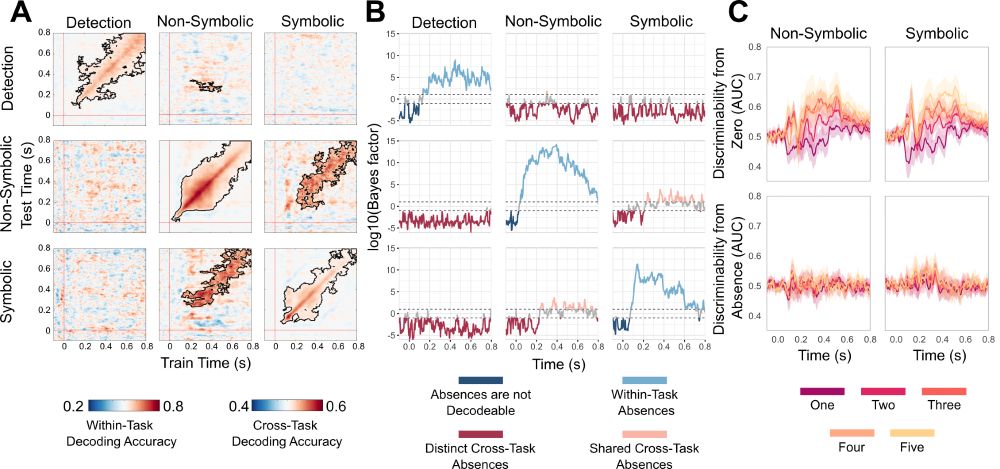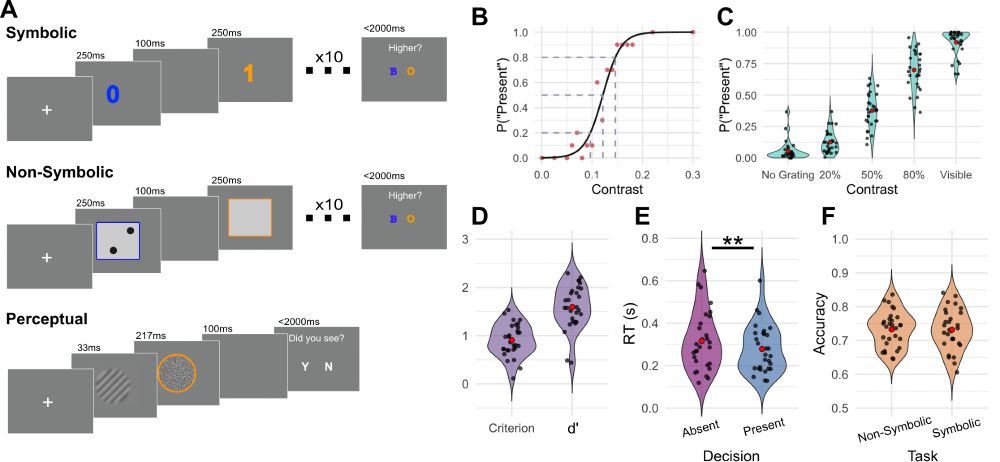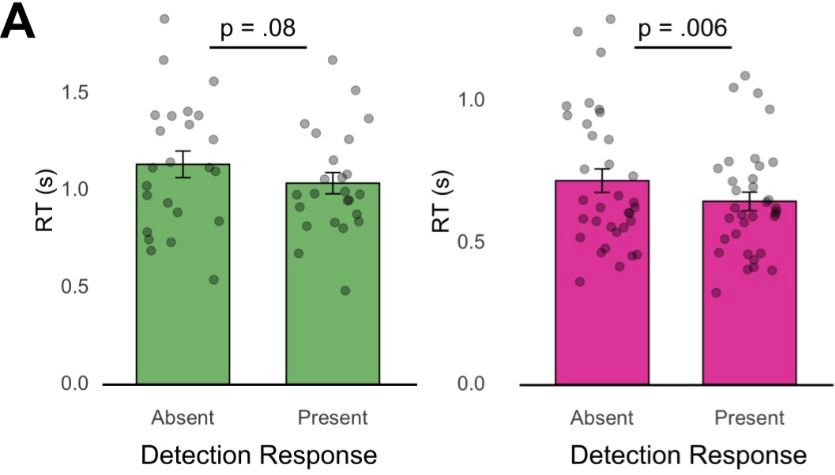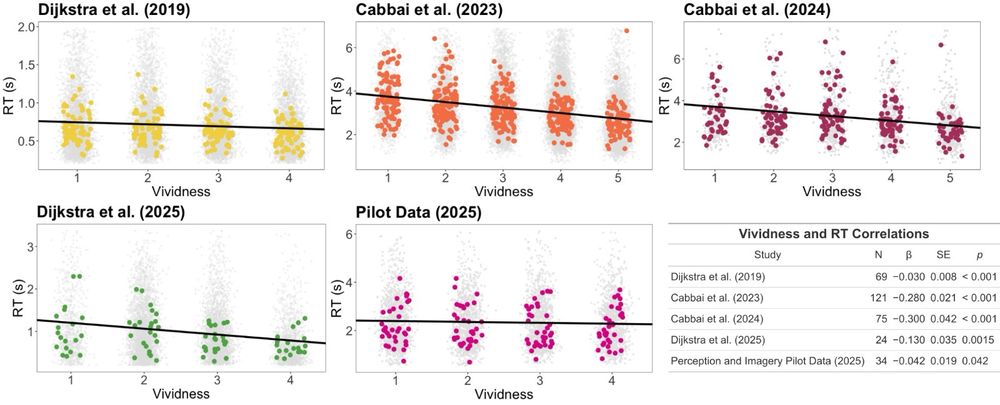






We report a novel and robust effect across five different datasets: vivid imagery is reported faster than weak imagery.
📝: osf.io/preprints/ps...

We report a novel and robust effect across five different datasets: vivid imagery is reported faster than weak imagery.
📝: osf.io/preprints/ps...




🧠📈

🧠📈
In my free time I'm probably looking at birds 🦆
#neuroskyence #PsychSciSky

In my free time I'm probably looking at birds 🦆
#neuroskyence #PsychSciSky

